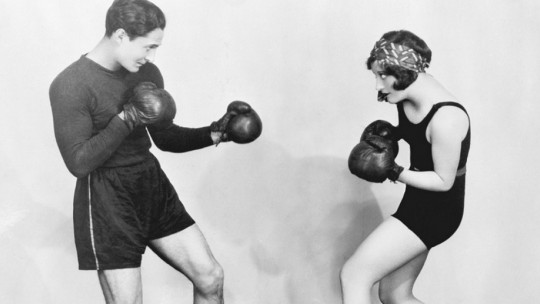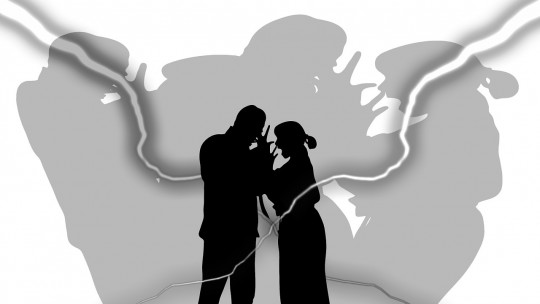Psychology and Criminology have been concerned with investigating which psychological variables are related to crime.
In this way we know, among other data, that young people commit crimes more than adults and men more than women. Does this mean that men are more aggressive than women?
Is aggression greater in men?
Female crime has been a forgotten field of study. Likewise, for quite some time, it has been maintained that women, in the commission of crimes, adopt a passive role: accomplice or accessory.
However, social progress and the advancement of women in society have meant that this point of view has altered, and today we find that there is an increasing number of women in prisons, although it is true that, despite to the increase, nine out of ten prisoners are men
Crime and sex differences
Currently we know that crime is much higher in men than in women, but crimes committed by women have not stopped growing. So, We know that crimes committed by women are less violent but which are increasingly frequent and committed by younger women (data concluded by the Fontanesi Report of the Council of Europe).
With all this data, we wonder if it is true that men are more aggressive and, consequently, commit more acts of crime, or if women have been socialized in a different way, have had fewer opportunities to openly commit crimes and is more influenced by gender expectations that have made it more difficult for her to commit criminal acts and if, therefore, by changing this panorama of differences between sexes, women are on par with men in aggressiveness and delinquency.
Innate or educational differences?
It is not an easy question to solve, but research suggests that it occurs a conjunction of biological and psychosocial aspects that explain why men tend to develop more violent behaviors.
Psychosocial aspects of the difference in aggressiveness
On the one hand, we can observe and it has been confirmed that boys more frequently present behavioral and aggressive problems in childhood, more exploratory behavior, and they play rougher activities
However, in cultures where the differences in the way boys and girls are educated are narrowed, there are smaller differences in the crime rate by sex. Furthermore, as we have mentioned, in Western countries, the female crime rate has increased.
On the other hand, boys in childhood tend to interact with larger groups in number of people, which is why more leadership problems occur than in girl groups, which tend to be smaller.
Furthermore, we must not forget that women have been more socialized to value different qualities of social life, such as honesty and prudence, an inhibiting factor in criminal behavior. This perspective tells us the importance of socialization when it comes to developing aggressive behaviors in men and inhibiting them in the case of women.
Biological and genetic factors
From the biological perspective, we must pay attention to the fact that men have higher levels of testosterone , which precipitates aggressiveness, and lower levels of estrogen, which lead to less aggressiveness. Early hormonal influences in the gestation period masculinize or feminize the brain, conditioning brain structures, hormone concentration and receptors.
Partly for this reason, the intensity of responses to certain stimuli is different in girls than in boys, generally with boys responding more aggressively on more occasions. This process of masculinization or feminization is activated again during puberty men showing greater receptivity to testosterone, to which, if certain difficulties or stress are added, it can result in violence.
Therefore, despite the existence of various theories and different aspects to explain this reality, the fact that there is a biological influence that makes man more vulnerable to the development of violence and a conjunction of psychosocial influences that promote or inhibit its development.









